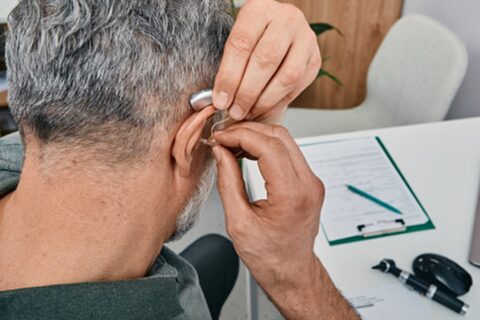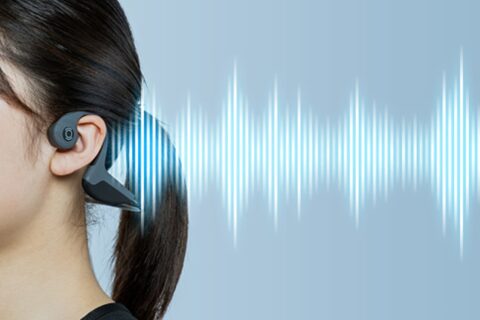Why It’s Hard to Hear in Crowded Places

Have you ever found yourself struggling to carry on a conversation in a noisy and crowded environment, such as a busy restaurant or a loud store? It’s common, and can be attributed to various factors. This article delves into the science behind why it’s hard to hear in crowded places and explores practical strategies you can employ to overcome these challenges.
The Cocktail Party Effect
The human auditory system is remarkable in its ability to filter out background noise and focus on specific sounds of interest. This phenomenon is known as the “cocktail party effect.” It allows individuals to concentrate on a single conversation while disregarding surrounding distractions. However, the cocktail party effect isn’t perfect, and there are limits to how much noise can be effectively filtered out. In crowded places, this selective hearing becomes more challenging because multiple conversations and ambient noise compete for our attention simultaneously.
Auditory Masking
Auditory masking occurs when unwanted sounds, like chatter, clattering dishes, or music, are louder than the speech you want to hear and they mask or cover up the desired speech signal. As a result, the brain struggles to process and interpret the intended message.
Spatial Separation
The spatial separation between the speaker and the listener plays a crucial role in hearing and understanding speech. In a crowded place, the noise level tends to be uniform across the space, making it challenging to distinguish the intended speech from the surrounding noise.
Hearing Loss
Individuals with hearing loss face even more difficulties in noisy environments. Background noise can exacerbate hearing impairments, making it even harder to pick up speech cues and leading to feelings of isolation and frustration.
Strategies to Improve Hearing in Crowded Places
- Choose the Right Seating: When dining or attending an event in a crowded place, try to pick a quieter area or a corner away from the main noise source. Positioning yourself closer to the speaker can help improve speech intelligibility.
- Use Visual Cues: Watch the speaker’s lips and facial expressions, as visual cues can aid in understanding the message. This technique is particularly beneficial for individuals with hearing impairments.
- Reduce Background Noise: If possible, request that the venue lowers the volume of background music or other noise sources. Quieter surroundings will make it easier to focus on conversations.
- Hearing Aids and Assistive Listening Devices: If you have hearing loss, consider using hearing aids or assistive listening devices specifically designed to enhance speech comprehension in noisy environments.
- Background Noise Apps: Some smartphone apps can help reduce background noise by emphasizing the frequencies associated with speech. These apps can be used in conjunction with headphones or hearing aids.
- Active Listening: Concentrate on the speaker’s voice and actively engage in the conversation. Practice active listening techniques such as nodding, making eye contact, and asking for clarifications when necessary.
- Speak Up: Politely ask others to speak more slowly, clearly, or face-to-face. Most people will be understanding and accommodating if you express your difficulty in hearing.
- Practice: Regularly expose yourself to noisy environments to improve your auditory processing skills. This exposure can gradually help your brain become more adept at filtering out unwanted noise.
The struggle to hear in crowded places is a common issue, and it stems from a combination of auditory masking, spatial separation, and the cocktail party effect. Understanding these factors can help us implement strategies to improve speech comprehension in such environments. Whether it’s selecting the right seating, using visual cues, or leveraging technology like hearing aids, these practical tips can empower individuals to overcome the challenges of hearing in noisy settings and enjoy more meaningful interactions with others.


